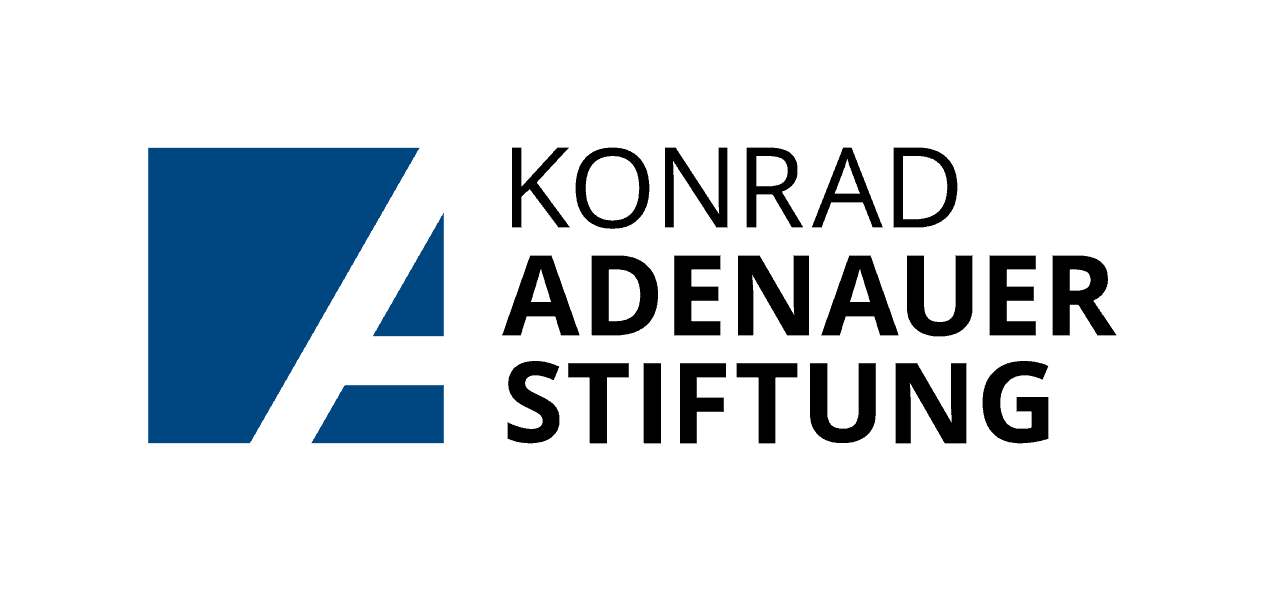Finding, developing and maintaining sources are crucial for an investigative journalist. The most important, reliable and vivid sources are usually witnesses, people with first-hand experience or otherwise directly involved in a story. You identify witnesses by combing through the names of people present at the scene or, if you are at the scene, buttonholing those who are there. Whatever claims that are made have to be verified, but if it turns out the witness was speaking the truth, he is likely to be a valuable asset you will rely on for the investigation. Do not forget — if your investigation is on something you have experienced, you are also an important witness. Each story you write should expand the scope of your network. This happens organically in the course of reporting.
But if you are working on a specific project or subject, such as a housing shortage or nepotism in the highest echelons of society you should be proactive in building a network of highly relevant and credible sources. Do not neglect your journalistic colleagues; they may have valuable personal connections. Of course, this depends on the rivalry in your office or the story — you may wish to be careful about the details you share. You can also search for people publicly associated with the subject of your story.
Consider organisations like sports clubs, religious organisations or charities. Remember that interviewees in some kind of relationship with the subject may have a certain disposition or attitude towards him or her. Factor this in when you make your enquiries. Look for people who were previously associated with the subject: former business partners, ex-spouses, employees, doctors, teachers, or former police or army officers. People with whom the subject was in a known dispute can also be very important witnesses, but, again, remember that their emotions and attitudes may colour what they tell you.

